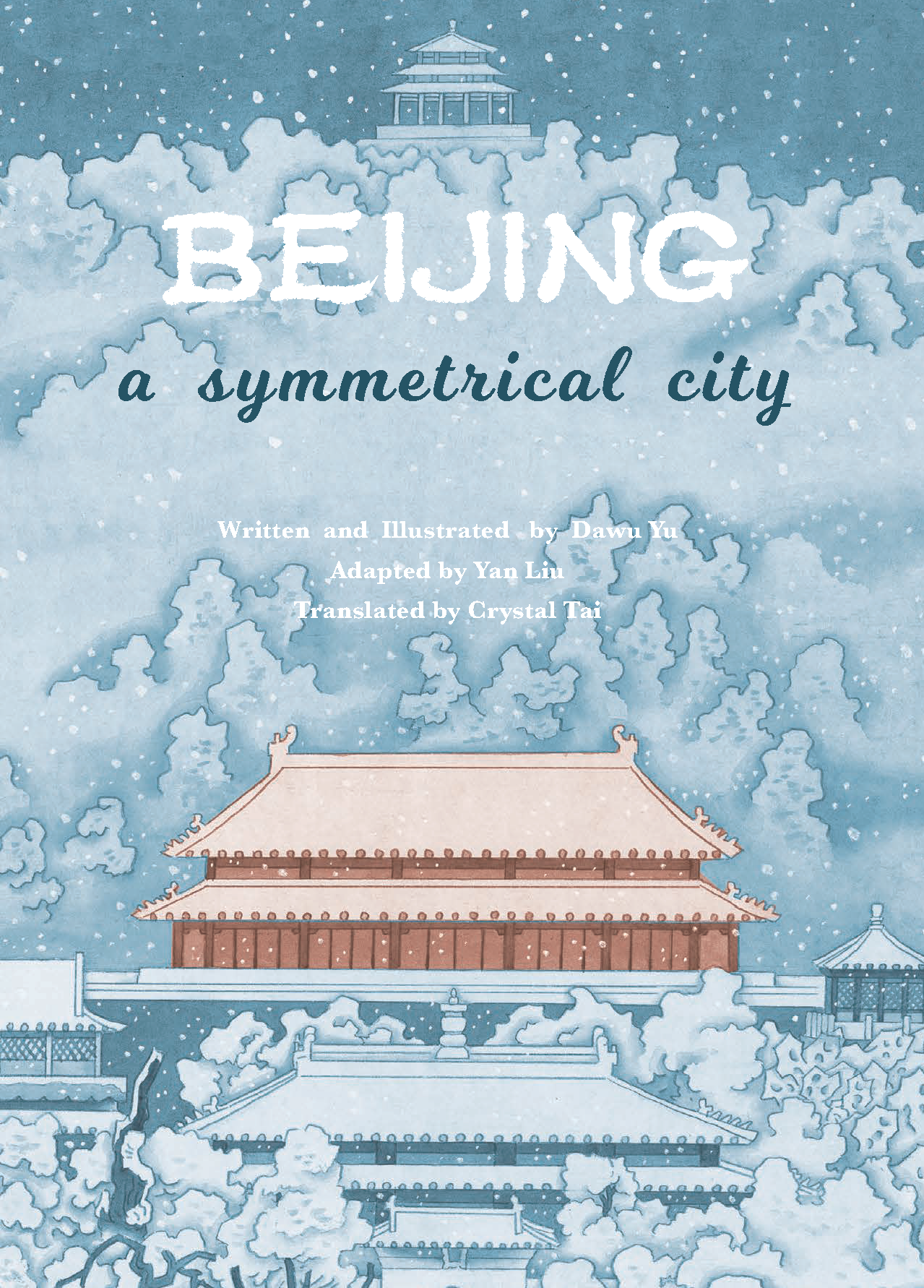You must be logged in to post a review.
Beijing: A Symmetrical City
Beijing is one of the most historically relevant antiquated cities in the world. It was built in 1046 BC, around the same time as Rome. In the early part of the first millennium, it became the capital of ancient China and became known as one of the most prosperous cities in the world with people trickling in from all over the globe. Today, it spans six thousand, four-hundred and ninety square-miles and has a population of 21.7 million. While a symmetrical layout is not a requirement for new parts of Beijing, it has kept its central axis as part of its cultural heritage. Constructing symmetrical cities has long been a trademark of Chinese culture and reflects the etiquette, order, and harmonious beauty the Chinese people hold dear.
Dawu Yu’s Beijing – A Symmetrical City focuses on this ancient city and the architecture that defined it during the reign of the Qing Dynasty (1632-1912). Yu walks the reader through the central axis of Beijing, which begins at the Forever Stable Gate in the south and ends at the infamous Bell and Drum Towers in the north. It spans a distance of approximately 4.85 miles with the Imperial Palace, otherwise known as the Forbidden City, centrally located.
Interestingly, the author grew up “in an ordinary alley inside the Stability Gate of Beijing.” As a child, he played around the Bell and Drum Towers and later participated in painting classes at the Youth Palace. It’s clear his knowledge of this archaic site is vast. The facts embedded in this children’s picture book are numerous, and the detailed illustrations are plentiful, spanning nearly every page. Some of them are relatively dull and somewhat difficult to follow, while others are beautifully displayed in pastel hues with well-labeled locales and points of distinction. The material concerning the architecture of the city itself is comprehensive, but the scope outside of that is quite limited. Due to this as well as the style of presentation of the content, only a small, select group of children will likely find interest in this non-fiction work. It may have a wider appeal to adult audiences and those specifically interested in architecture and/or ancient establishments. The fun facts and knowledge tips the author includes do assist in breaking up the monotony of the text to some degree. However, if additional ones are sprinkled throughout the content, along with child-friendly font and a vibrant color scheme, Beijing: A Symmetrical City can be enhanced considerably. Weaving in information regarding the role of children during this time in Beijing’s history may be a worthy inclusion as well. Further, illustrations of youth to accompany the supplementary text may serve to increase its significance to the intended audience. Perhaps Yan Liu, who made adaptations to the content already, may be able to provide more substantial ones, drawing in youth to its appeal.
| Author | Dawu Yu |
|---|---|
| Star Count | /5 |
| Format | Hard |
| Page Count | 42 pages |
| Publisher | 1 Plus Publishing & Consulting |
| Publish Date | 2020-04-15 |
| ISBN | 9781949736038 |
| Bookshop.org | Buy this Book |
| Issue | May 2020 |
| Category | Children's |
| Share |






Reviews
There are no reviews yet.